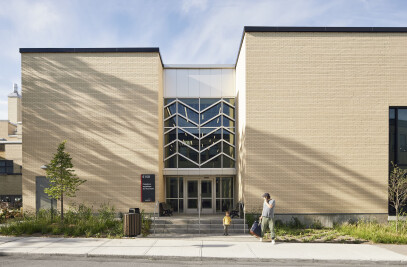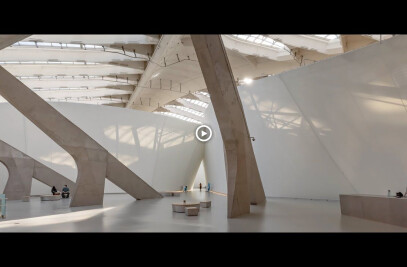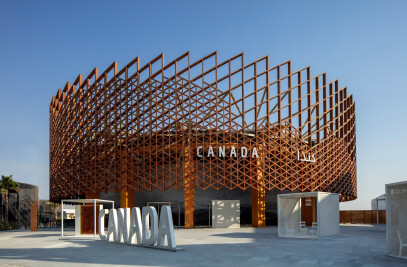The Elää project is a 41-unit residential complex located at the entrance of the Verdun Borough, in Montreal. Similar to the urban fabric of the neighborhood, Elää creates an urban microcosm on the site by fragmenting the building into several volumes that are united by green spaces. Elää is an innovative project in many ways. The typology - a cluster of buildings with interspersed green space - is common in Scandinavian and European cities, but rarely found in Montreal. Closer to a house than a condo, it is a place where ownership is encouraged and where a sense of community is created through the juxtaposition of units and green spaces.
Instead of creating a front and a back to the building, the project is designed with an exterior and an interior. The facades are treated with two main contrasting materials in both color and texture. The outer perimeter consists of dark, charred wood, while the interior facades become white acrylic. The breaks in the carbonized wood envelope indicating a passage in the site, create several routes to cross the site. The cedar, originating from Quebec, is calcined. This wood covers the outer facades of the perimeter of Elää to make its exocarp. This technique is similar to the old Japanese technique 'shou-sugi-ban', where cedar is preserved by burning it. This process is an ecological way of preserving wood. The wood is biodegradable, renewable and the carbonization process does not create chemical toxins. A natural oil seals the surface, which allows the cedar to be resistant to future fires and to require no maintenance.

































